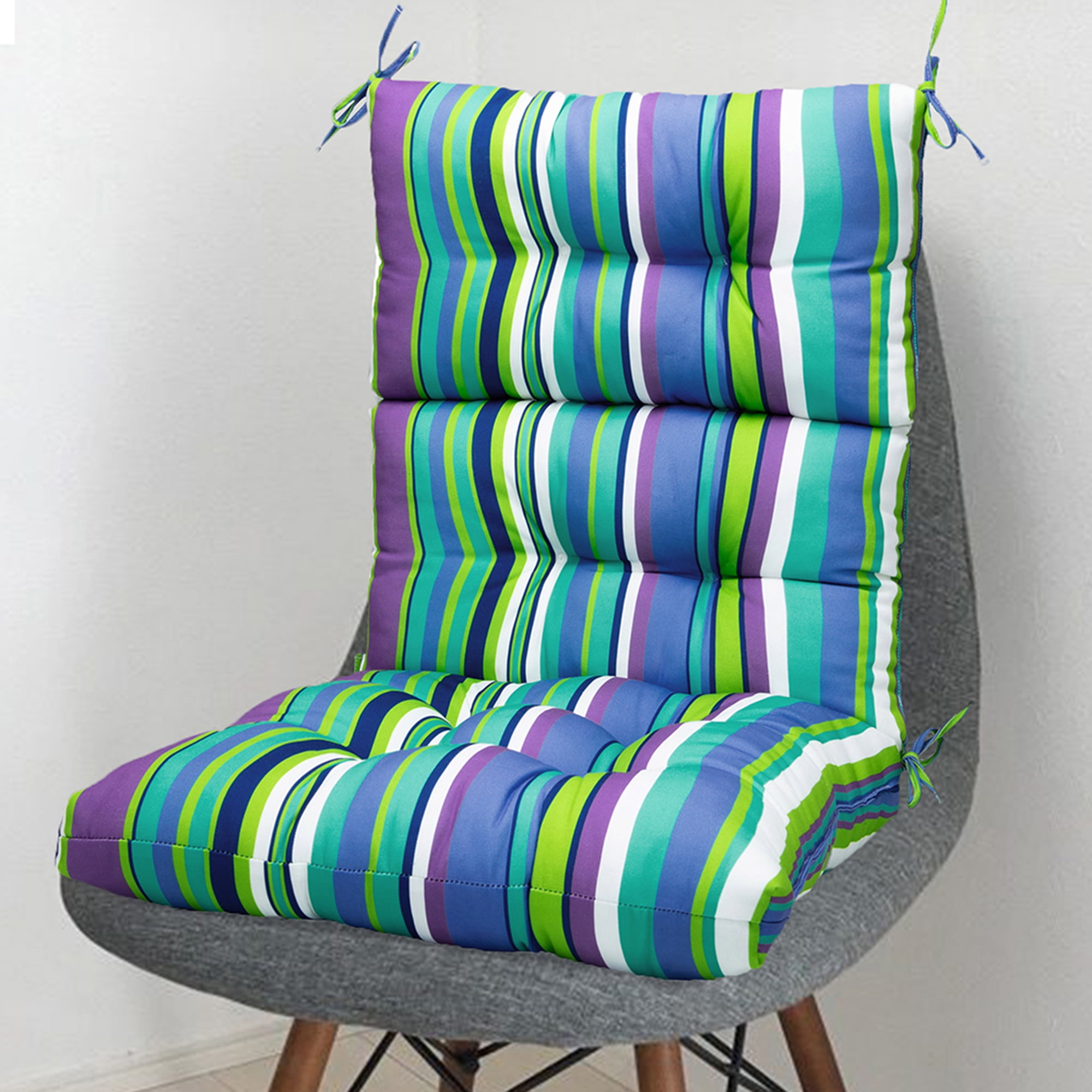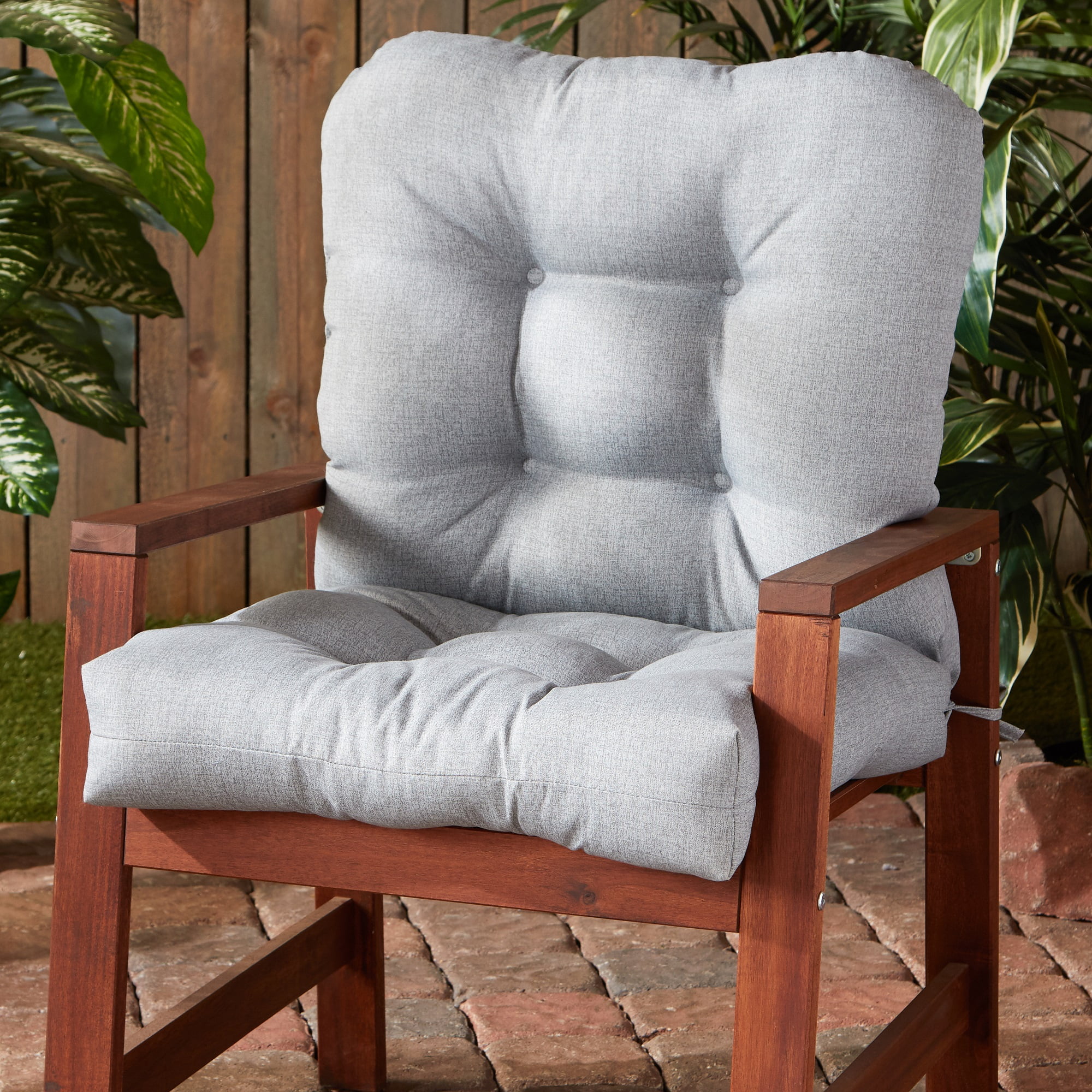Chair and Ottoman Cushion Types

Chair and ottoman cushions play a vital role in enhancing comfort, style, and functionality in any living space. Understanding the different types of cushions available and their unique features can help you make informed choices to create a comfortable and aesthetically pleasing environment.
Chair Cushion Types
Chair cushions come in various shapes, sizes, and materials to suit different seating styles and preferences.
- Seat Cushions: These cushions are designed to provide comfort and support for the seat of a chair. They come in various shapes, such as square, rectangular, round, and oval, to fit different chair designs. Common materials used for seat cushions include foam, down, fiberfill, and a combination of these.
- Back Cushions: These cushions are placed against the backrest of a chair to provide support and comfort for the back. Back cushions can be found in various shapes, such as rectangular, lumbar, and wedge-shaped, to accommodate different chair designs and seating positions. Popular materials used for back cushions include foam, down, fiberfill, and buckwheat hulls.
- Throw Pillows: These decorative cushions are typically placed on chairs or sofas to add visual appeal and enhance comfort. Throw pillows are available in a wide range of sizes, shapes, and materials, including velvet, linen, cotton, and faux fur.
Ottoman Cushion Types
Ottoman cushions are often used to add comfort and style to ottomans, providing a soft and inviting surface for resting your feet or serving as extra seating.
- Square or Rectangular Cushions: These are the most common types of ottoman cushions, offering a spacious and comfortable surface for resting. They are typically filled with foam, down, or fiberfill, providing varying levels of firmness and support.
- Round Cushions: Round ottoman cushions offer a more traditional and elegant look, often used for smaller ottomans or as accent pieces. They are commonly filled with foam, down, or fiberfill, providing a soft and plush feel.
- Lumbar Cushions: Lumbar cushions are specifically designed to support the lower back and are often used on ottomans that serve as extra seating. These cushions typically have a curved shape to provide optimal lumbar support.
Chair and Ottoman Cushion Materials
The choice of material for chair and ottoman cushions significantly influences their comfort, durability, and aesthetic appeal.
Memory Foam
- Advantages: Memory foam cushions conform to the body’s shape, providing excellent pressure relief and support. They are known for their ability to absorb shock and reduce pressure points, promoting better blood circulation and reducing discomfort.
- Disadvantages: Memory foam can retain heat, making it less suitable for warmer climates. It may also have a tendency to sag over time, particularly if exposed to excessive weight or heat.
Down Filling
- Advantages: Down filling provides a luxurious and soft feel, offering excellent comfort and breathability. It conforms to the body’s shape and provides excellent support.
- Disadvantages: Down filling can be expensive and requires regular fluffing to maintain its loft. It is also not suitable for people with allergies to feathers.
Fiberfill
- Advantages: Fiberfill is a more affordable option compared to down or memory foam. It provides a soft and comfortable feel and is relatively lightweight.
- Disadvantages: Fiberfill cushions tend to lose their shape and firmness over time, requiring frequent plumping. They may also not provide the same level of support as other materials.
Design and Style Considerations

Chair and ottoman cushions are more than just comfortable additions to your seating; they are key elements that can transform the look and feel of your space. The design and style of your cushions can seamlessly complement different interior styles, creating a cohesive and inviting ambiance.
Cushion Designs for Various Interior Styles
The design of your chair and ottoman cushions can significantly impact the overall aesthetic of your room. Here are some examples of how different designs can complement popular interior styles:
- Modern: Modern interiors often embrace clean lines, minimalist designs, and a focus on functionality. Choose cushions with geometric patterns, bold colors, or simple solid colors. Consider materials like velvet, linen, or leather for a sophisticated touch.
- Traditional: Traditional interiors are characterized by classic elegance and intricate details. Opt for cushions with floral patterns, damask designs, or intricate embroidery. Rich fabrics like silk, brocade, or velvet are perfect for adding a touch of opulence.
- Farmhouse: Farmhouse style is known for its rustic charm and cozy feel. Choose cushions with plaid patterns, gingham checks, or natural textures like linen or cotton. Opt for earthy tones like beige, brown, or cream for a warm and inviting atmosphere.
- Bohemian: Bohemian style embraces eclecticism and a free-spirited vibe. Choose cushions with bold prints, vibrant colors, and a mix of textures. Consider using fabrics like velvet, tapestry, or embroidered textiles to create a unique and layered look.
Impact of Cushion Patterns, Colors, and Textures, Chair and ottoman cushions
The patterns, colors, and textures of your cushions can significantly influence the overall ambiance of a room. Here’s a breakdown of their impact:
- Patterns: Geometric patterns create a modern and contemporary feel, while floral patterns evoke a sense of traditional elegance. Bold patterns can add a touch of drama, while subtle patterns create a calming effect.
- Colors: Bright colors can energize a space, while muted colors create a sense of tranquility. Consider using a color palette that complements your existing furniture and decor.
- Textures: Textured cushions can add depth and interest to a room. Velvet cushions create a luxurious feel, while linen cushions provide a relaxed and casual vibe.
Designing Cushions for a Specific Room
When designing a set of chair and ottoman cushions for a specific room, consider the following factors:
- Existing Furniture: Choose cushions that complement the style and color of your existing furniture. For example, if you have a modern sofa, consider cushions with geometric patterns or solid colors.
- Color Scheme: Select cushion colors that complement the overall color scheme of your room. You can choose cushions that match your existing colors or introduce a new accent color.
- Desired Aesthetic: Consider the overall aesthetic you want to achieve. Do you want a room that feels modern, traditional, cozy, or elegant? Choose cushion designs that reflect your desired ambiance.
Functionality and Comfort: Chair And Ottoman Cushions

The comfort and functionality of chair and ottoman cushions are paramount to their overall appeal. These cushions are not just decorative elements; they are integral to providing a comfortable and supportive seating experience. Several factors contribute to the comfort and functionality of these cushions, and understanding these factors will help you make informed choices when selecting the right cushions for your needs.
Cushion Support and Firmness
The level of support and firmness provided by chair and ottoman cushions significantly impacts seating comfort. Different levels of firmness cater to individual preferences and needs. A firmer cushion offers more support, which is ideal for individuals who prefer a structured seating experience or require extra support for their back or posture. On the other hand, a softer cushion provides a more relaxed and yielding feel, offering greater comfort for individuals who prefer a sinking-in sensation.
- Support: The ability of the cushion to distribute weight evenly and provide adequate back support is crucial for comfort and posture. Cushions with a good support system prevent sagging and promote proper spinal alignment, reducing strain on the back and promoting a healthy sitting position.
- Firmness: Firmness refers to the cushion’s resistance to compression. Firmer cushions offer more support and may be preferred by individuals with back problems or those who prefer a structured seating experience. Softer cushions, while offering a more relaxed feel, may not provide adequate support for long periods of sitting.
Cushion Shape and Size
The shape and size of chair and ottoman cushions play a significant role in seating comfort and posture. Different shapes and sizes cater to different body types and seating preferences.
- Shape: Cushions come in various shapes, including square, rectangular, round, and even contoured shapes. Contoured cushions are designed to conform to the body’s curves, offering greater support and comfort. Square and rectangular cushions are more common and offer a traditional seating experience. Round cushions are often used for ottomans and can provide a more relaxed and casual seating experience.
- Size: The size of the cushion should be proportionate to the chair or ottoman it is intended for. A cushion that is too small may not provide adequate support, while a cushion that is too large can make the chair or ottoman feel cramped. Consider the dimensions of your chair or ottoman and choose a cushion that fits comfortably. Also, factor in your body size and height to ensure the cushion provides adequate support and comfort.
Cushion Material and Fill
The material and fill of chair and ottoman cushions are critical factors in determining their comfort and functionality. Different materials offer varying levels of support, firmness, breathability, and durability.
- Material: Cushion covers can be made from various materials, including fabric, leather, and synthetic materials. Fabric covers are typically more affordable and offer a wide range of textures and patterns. Leather covers are known for their durability and luxurious feel. Synthetic materials, such as microfiber and polyester, are often used for their durability, stain resistance, and ease of care.
- Fill: The fill material used in cushions determines their firmness, support, and resilience. Common fill materials include foam, feathers, down, and fiberfill. Foam cushions are known for their durability and support. Feather and down cushions are known for their softness and comfort. Fiberfill cushions offer a more budget-friendly option and are often used for lightweight and portable cushions. The choice of fill material depends on personal preference and desired level of comfort and support.
Choosing the Right Cushions
Choosing the right chair and ottoman cushions involves considering your individual needs and preferences. Here are some tips to guide your selection:
- Body Weight: Individuals with heavier body weights may need firmer cushions that provide adequate support. Lighter individuals may prefer softer cushions for a more relaxed seating experience.
- Height: The height of the chair or ottoman should be considered when choosing the cushion’s thickness. A taller individual may need a thicker cushion to ensure proper leg support.
- Desired Level of Support: Consider the level of support you require. If you prefer a structured seating experience, choose a firmer cushion with good back support. If you prefer a more relaxed feel, opt for a softer cushion that conforms to your body.
- Breathability: Cushions made from breathable materials, such as cotton or linen, allow air to circulate, preventing overheating and promoting comfort. This is particularly important in warmer climates or for individuals who tend to sweat easily.
- Durability: Consider the cushion’s durability, especially if you plan to use it frequently. Look for cushions made from high-quality materials and construction that can withstand wear and tear.
Chair and ottoman cushions – Comfort is key, whether it’s a plush ottoman cushion for your feet or a supportive chair cushion for your back. And when it comes to little ones, a high chair cushion is essential for their safety and comfort. If you’re looking for a replacement for your Eddie Bauer high chair, eddie bauer high chair cushion replacement can help you find the perfect fit.
Just like choosing the right cushions for your home, a high chair cushion should be both practical and stylish, allowing your little one to enjoy mealtime with ease and comfort.
Chair and ottoman cushions are like little hugs for your body, especially when you’re relaxing outdoors. For those who want the best of both worlds, comfort and style, check out pottery barn outdoor chair cushions – they’re like a mini-vacation for your senses! Whether you’re seeking vibrant colors, durable fabrics, or just a touch of luxury, these cushions will transform your outdoor space into a haven of comfort and elegance.
